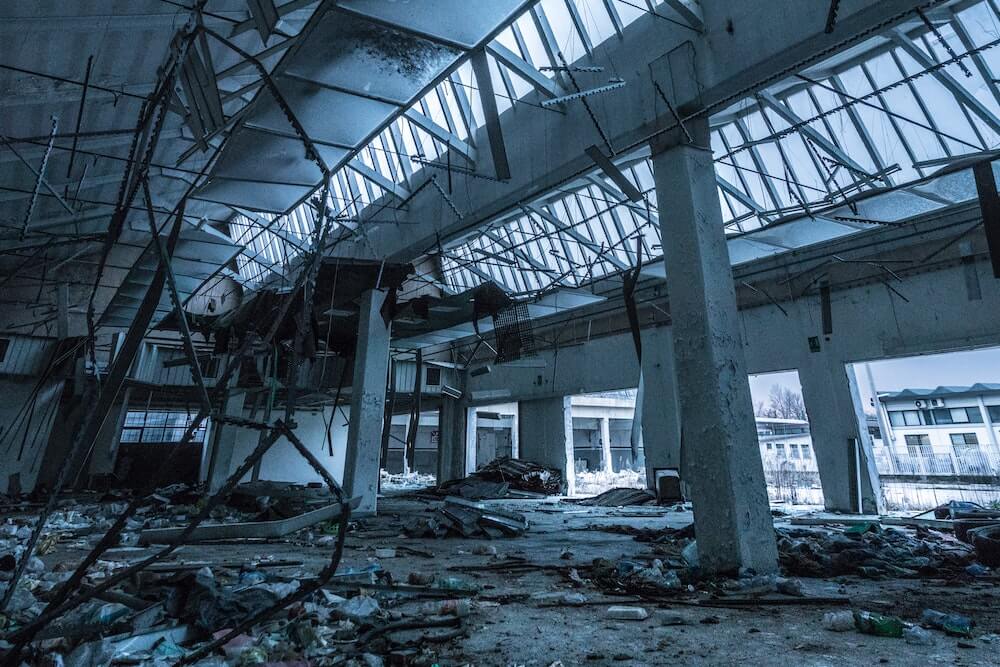 Fatigue is a concept in engineering and materials science that is relevant to the strength and structural integrity of steel and steel structures. Understanding the implications that fatigue can have on steel and steel structures can enable you to identify the early stages of structural failure so that you can rectify it. In this post, we take a closer look at the factors that can cause fatigue in steel and some strategies for mitigating fatigue failure.
Fatigue is a concept in engineering and materials science that is relevant to the strength and structural integrity of steel and steel structures. Understanding the implications that fatigue can have on steel and steel structures can enable you to identify the early stages of structural failure so that you can rectify it. In this post, we take a closer look at the factors that can cause fatigue in steel and some strategies for mitigating fatigue failure.
What Causes Fatigue in Steel?
Fatigue in steel is most often caused by repeated cycles of stress. This stress can come in many forms, such as when a steel structure is loaded and unloaded with a heavy weight repeatedly. Over time, these small cyclic stresses can accumulate to cause the steel to weaken and this may eventually result in the failure of the steel or steel structure.
Because it is a gradual process of weakening, it can often be difficult to identify when a steel structure is beginning to experience weakening or fatigue. Fatigue in steel often starts with microscopic imperfections or defects such as cracks. With each cycle of stress, these cracks and defects are gradually made worse until they reach a critical size that causes the steel to fail.
Implications of Fatigue on Long-Term Performance of Steel
If you use steel for building or construction projects, you should be aware of the implications that fatigue can have on the long-term performance of your steel structure. For starters, when not properly resolved, fatigue in steel can result in the failure of a steel structure. For instance, if you have a steel retaining wall in your yard or garden, fatigue might cause it to fail and collapse, resulting in potentially significant damage to your property.
Strategies for Mitigating Fatigue Failure
Because of the many negative implications that fatigue failure can have on steel structures, it can be beneficial for you to consider using some strategies to mitigate fatigue failure. One such strategy might be to choose a steel alloy that has high fatigue resistance for applications where it might be subjected to strong cyclical forces.
At the same time, preventative measures such as regular inspections can also help you extend the lifespan of your steel. When inspecting your steel structures, identify and replace any steel elements that are starting to show signs of fatigue. This can help you maintain the overall structural integrity of your structure in the long term.
Choosing the Right Steel Supplier
When it comes to getting the steel for your building or construction project, it is essential for you to choose the right steel supplier to ensure that the steel you get is of the highest quality. RW Steel is Melbourne’s leading supplier of steel and steel products, including galvanised steel posts and retaining wall steel. Contact us today for a free consultation and find out how we can help with all your steel needs.